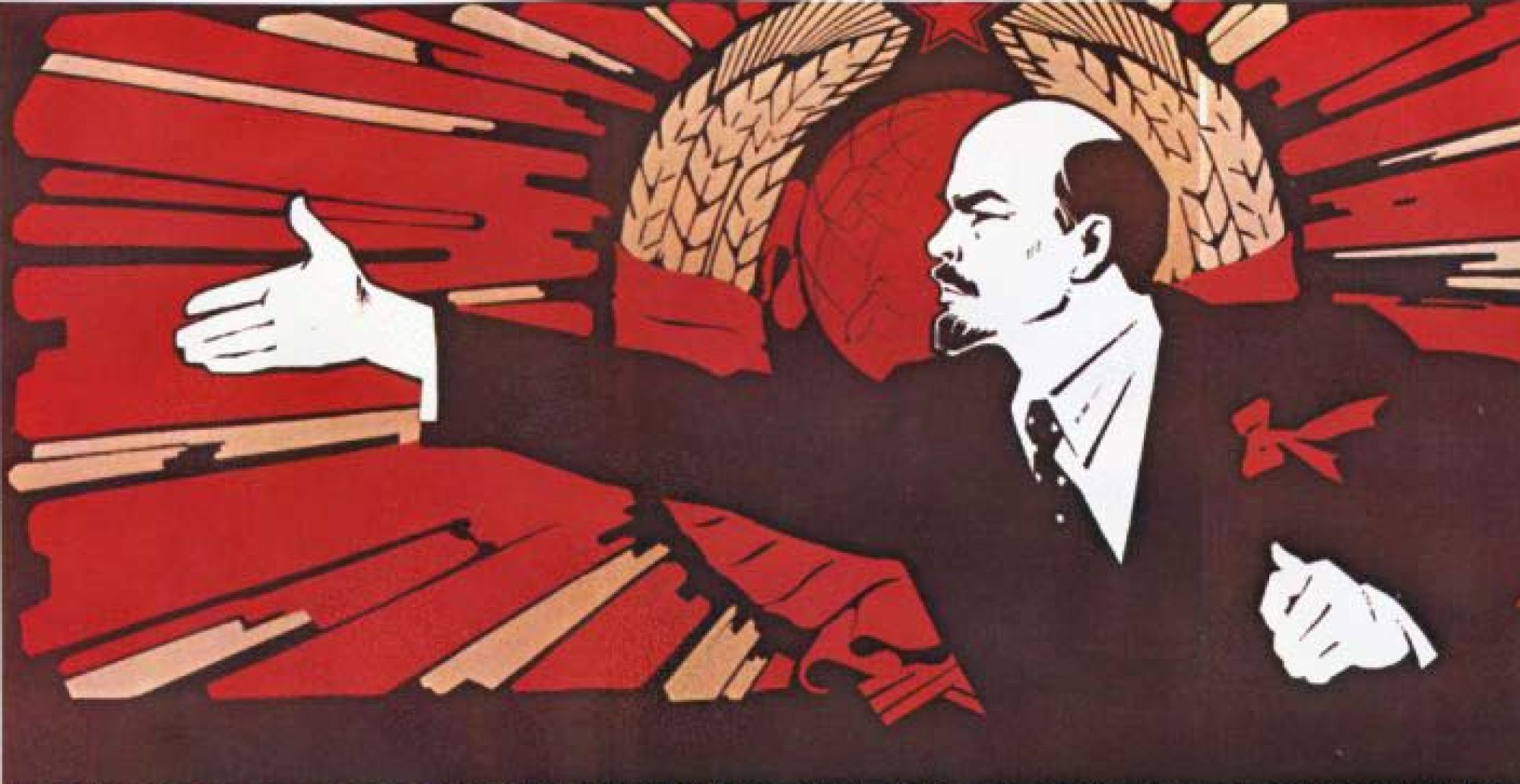Beginning just prior to the two minute mark, we begin to get a sense of hurriedness within Shostakovitch’s piece. Soon, by the three minute mark, horns begin blaring dramatically following by an underlying, repetitive pattern of notes by some of the lower horns and strings. In my mind this represents the constant presence of the German forces around Leningrad putting a constant pressure on the city with artillery, bombings, and other attacks in an effort to wear its citizens down. As we get to around the 5 minute mark, we see a brief, rather strange melody present itself. It ends with a high concluding note…and seems hopeful and light in the midst of the surrounding musical parts. Whether this little melody represents heroism during the siege, a rallying despite the dire situation within the city, or a mere callback to the relatively normal life that came before, one thing is sure: It represents a stark difference to the dark, foreboding tone of the rest of the piece up until this point. By 9 minutes into the piece, a blissful clarinet solo is seemingly all by itself. It is followed by other lighter parts, and by 14-15 minutes a strong movement is underway. By the 17 minute mark there is a distinct channeling of positive energy within the piece. Reminiscent of the theme from Lawrence of Arabia, it appears to represent the triumph of the heroes, as by this time the Soviet Union, through the microcosm of Leningrad, is returning to its former glory and beating back the foreign invaders. You can sense the hope Shostakovitch is trying to instill with these last several minutes and it is inspiring…as despite all the banging and crashing in the first several minutes of the piece, it ultimately ends with a grand, victorious rumble. In short, a summary of the piece could more or less read as follows:
Soft (the prelude to the siege) – Rushed/Hurried (the urge to escape or seek cover) – further Hurried and unpredictable (the attacks on the city itself) – Soft (cleaning up the wreckage and almost a slow tune paying tribute to those lost in the siege) – Loud and ecstatic (the push back against Axis forces and the lifting of the city’s siege as Allied forces push back the invaders)
What elements of the war/siege do you see in the piece? Given that the piece was completed in December of 1941, do you think the ending movement was Shostakovitch trying to instill hope that seemed out of reach, or was it something you believe he, and the people of Leningrad by extension, truly believed in given the dire circumstances?
